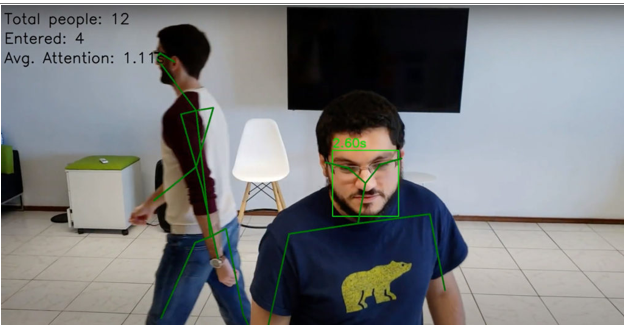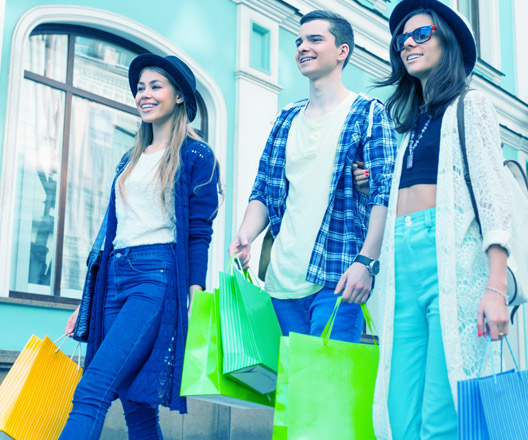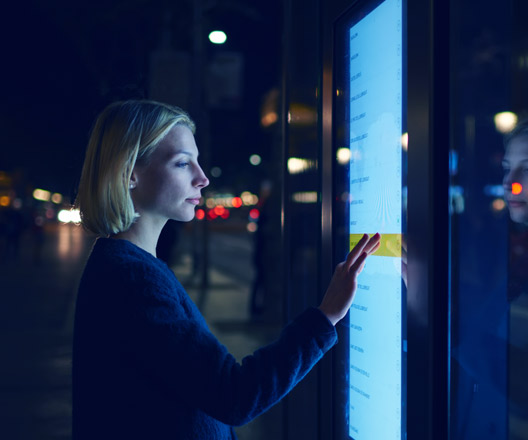
Listen to this blog
The ripple effects of the COVID-19 pandemic have been felt across the globe and the retail industry is no exception. Widespread fear with regard to financial stability has affected consumer behavior in the short and long run. While some consumers have adopted the new normal categorized by online payments, and curbside pickups, others have bounced back to how things were before Covid.
According to a 2020 survey, 39 percent of buyers planned to shop less in physical stores, 23 percent will only shop online, and 68 percent preferred to find ways that will avoid physical contact.
Adapting to the New Normal with Computer Vision technology solution
Businesses that are not ready to accept the change and rely solely on the brick-and-mortar shopping experience, face great challenges from competitors who are directing consumers towards newer and better ways. Stores stock their items in such a way that building an eCommerce website poses a great challenge to them. Curbside pick-ups seem to be the only real option for shops and grocery stores at the moment. Whether this approach will be sustainable for long, most of it depends on the duration of the pandemic. However, it is safe to say that most customers will opt for the new norm instead of reverting to buying behaviors in the pre-Covid era.
Tracking Customer Behavior
With emotional analysis, stores can work on creating a more enjoyable experience for their visiting customers. Cognitive services provide information for employee-customer relations as well as track shopping habits to minimize the time-in-store. Customer behavior can also help them identify the placement of items, such as someone going to buy milk is likely to look for items such as cereals, bread, or egg as well.

Maintaining Distance
The video camera can help limit the number of people inside the store, as well as the number of people in queues. It can identify possible rush areas. Covid-19 has instilled fear among people about social distancing and such cameras can make sure that people get the distance they need.
Virtual Mirrors
“Mirror mirror on the wall! Who is the prettiest of all?”
While computer vision and image processing solution can’t tell your customer how pretty they are, they can for sure cut the pain they can get from going to the dressing room. The virtual mirrors can help simulate outfit try on. Moreover, makeup brands have long halted their in-store trials after covid hit, a favorite customer activity. With these mirrors, customers can try on different lipstick shades and more without ever having to physically put them on themselves.
Shelf Vigilance
Shelf vigilance is an amalgamation of AI-powered Computer Vision and shelf sensors. The combination helps companies anticipate the stock situations and automate important business aspects such as reordering and optimal placement.
While online shopping may be the new normal, computer vision is here to thrive the on-site retail experience. It is making headlines in almost all the industries as well and it is safe to say that its adoption is only going to increase, even in the post-pandemic world.
Moreover, AI and ML are fast approaching human-like perfection and in some cases, these technologies even outpace humans. The idea is to utilize this innovation in a way that encourages harmony between the manual and robotic workforce because long-term success lies in accepting technology as a way forward. Companies that fall short on leveraging technologies like computer vision won’t be able to survive in today’s tech-driven business environment.
Eager to integrate your business with this technology but in two minds about where to start? Get in touch with Visionet and start your computer vision journey today.




